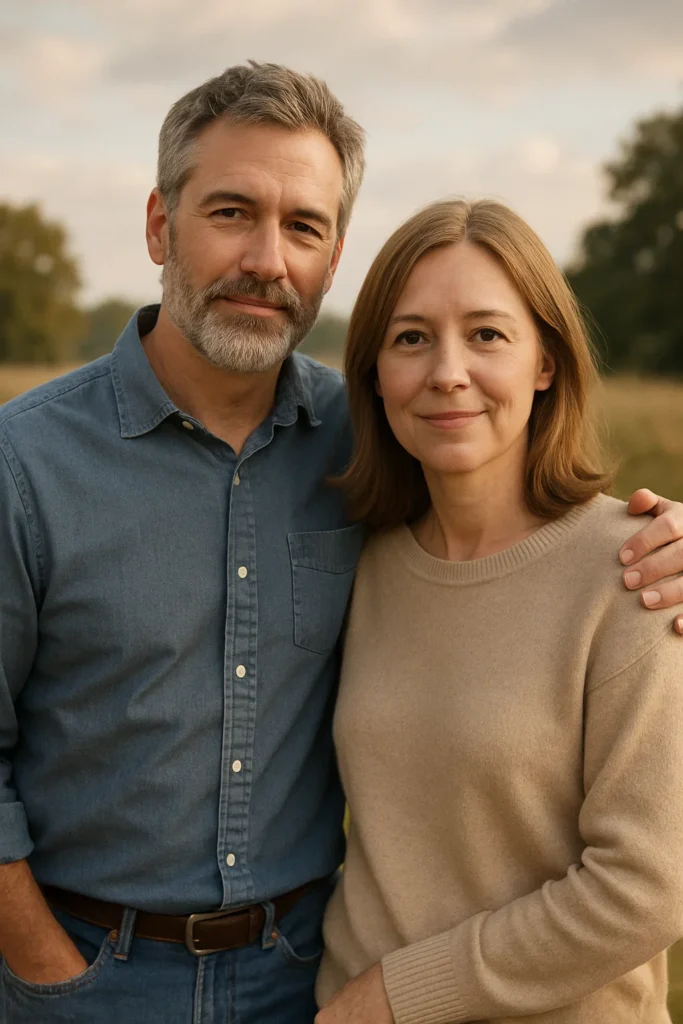
The Silent Accumulator
With education and ongoing dialogue, their confidence grew. The markets dropped shortly after they started investing, and they panicked.
Pat and Karen, recently sold their family farm for $5 million. Having lived cash-poor, asset-rich lives, they were suddenly thrust into a situation that required significant financial decision-making, something entirely new and intimidating for them. Friends suggested GICs to stay safe, and safety was really attractive. But Pat and Karen were unsure if this was the best choice given current inflation and market conditions.
They were primarily concerned about risk, fearing they would lose their money, similar to what had happened to people during the 2008 financial crisis. Having never really invested before, everything was a little scary. Going from a business they had spent their lives doing to having to make potentially life-changing choices regarding how to manage their new financial situation. For this reason, they consider themselves “low-risk” investors.
Our initial sessions involved general wealth management education and gradual trust-building, during which I explained the various risks they faced and how to control or mitigate them clearly and patiently.
We structured a risk-diversified approach to managing their financial lives. Ensuring we had “years of safety” to weather market crashes while having enough equity to help with inflation. We agreed to eliminate some of the scarier investment risks and create a plan for the others.
Due to the volume of new information, we waited until the following year to explore long-term tax efficiency and delve into other areas of wealth management. I had some questions about the wind-down of the farming corporation to better understand taxable income over the next few years, so I connected with their accountant on these items.
Over time, Pat and Karen grew more comfortable, appreciating the structured and logical approach that provided financial security, a steady income, and confidence that when the markets next crashed, they had a plan.
We implemented
While it would have been too much to go through initially with Pat and Karen, due to the communication between me and their accountant, we could also do the following.
Now, years later, not only do Pat and Karen feel confident with their own finances, but they have also encouraged their friends to explore all the risks they are exposed to and learn to manage them properly. In addition, their children have started to become more interested in learning how to manage their finances to a higher level, preparing them for the day that they are responsible for managing the “family farm.”

To not run out of money
Access weekly newsletters to stay ahead in lighting science and wellbeing.

With education and ongoing dialogue, their confidence grew. The markets dropped shortly after they started investing, and they panicked.

Accumulated nearly $ 1.5 million within his Hold CO account.